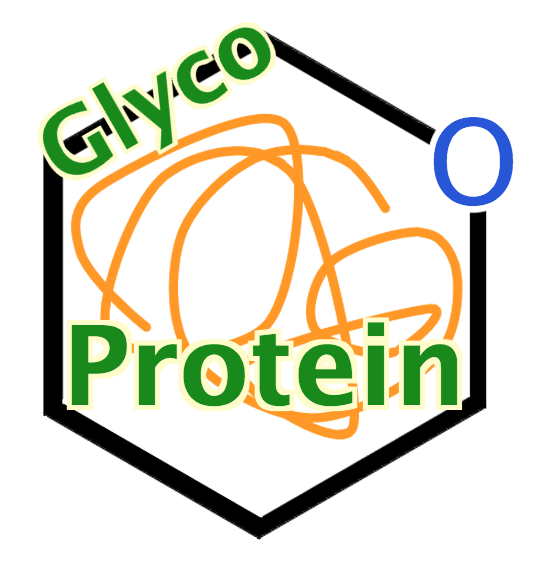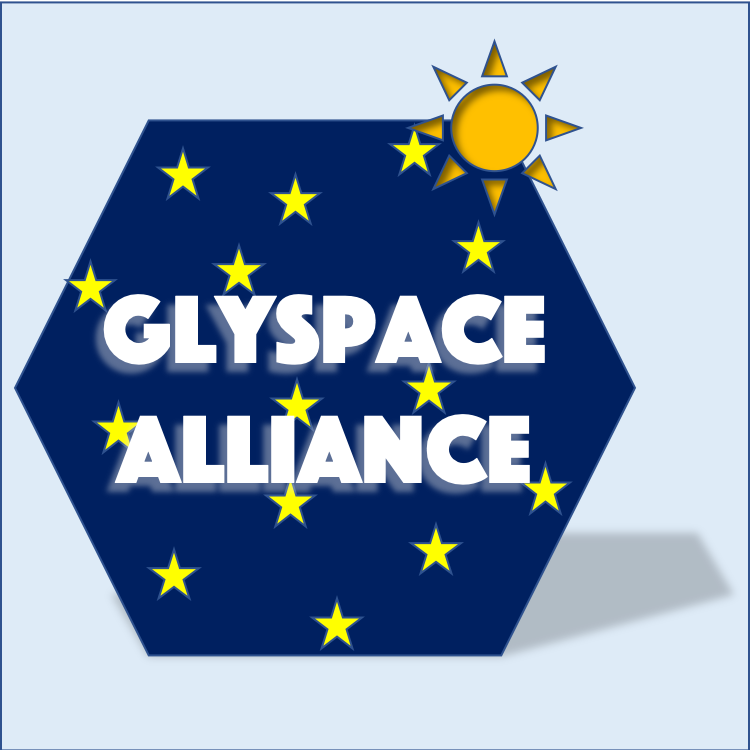
 GlyCosmos Glycoproteins
GlyCosmos Glycoproteins
Integrated list of glycoproteins extracted from UniProt and annotated with glycosylation data from GlyGen and GlyConnect. For each entry, information such as glycosylation site, glycans, diseases, 3D structures, and pathway information are available.
| Database | Last Updated |
|---|---|
| GlyConnect | April 19, 2023 |
| GlycoProtDB | October 1, 2021 |
| GlyGen | October 2, 2023 |
| Human Protein Atlas | June 19, 2023 (Protein Atlas version 23) |
| MCAW-DB | July 10, 2019 |
| The O-GlcNAc Database | April 10, 2023 (v1.3) |
| Reactome | February 28, 2024 (Version 87) |
| UniProt | December 27, 2023 |
| Protein Name | UniProt ID | Gene Symbol | Species | Taxonomy ID | No. of Glycosylation Sites | GO Labels ▼ | GO IDs |
|---|---|---|---|---|---|---|---|
|
3880
|
1
|
|
|
|||
|
559292
|
1
|
|
|
|||
|
10090
|
6
|
|
|
|||
|
10116
|
6
|
|
|
|||
|
9557
|
1
|
|
|
|||
|
9600
|
1
|
|
|
|||
|
3880
|
1
|
|
|
|||
|
8364
|
1
|
|
|
|||
|
9986
|
1
|
|
|
|||
|
9940
|
1
|
|
|
Displaying entries 69331 - 69340 of 120208 in total
To see the latest features, please visit our beta site.
International Collaboration
GlyCosmos is a member of the GlySpace Alliance together with GlyGen and Glycomics@ExPASy.


Acknowledgements
Supported by JST NBDC Grant Number JPMJND2204
Partly supported by NIH Common Fund Grant #1U01GM125267-01
